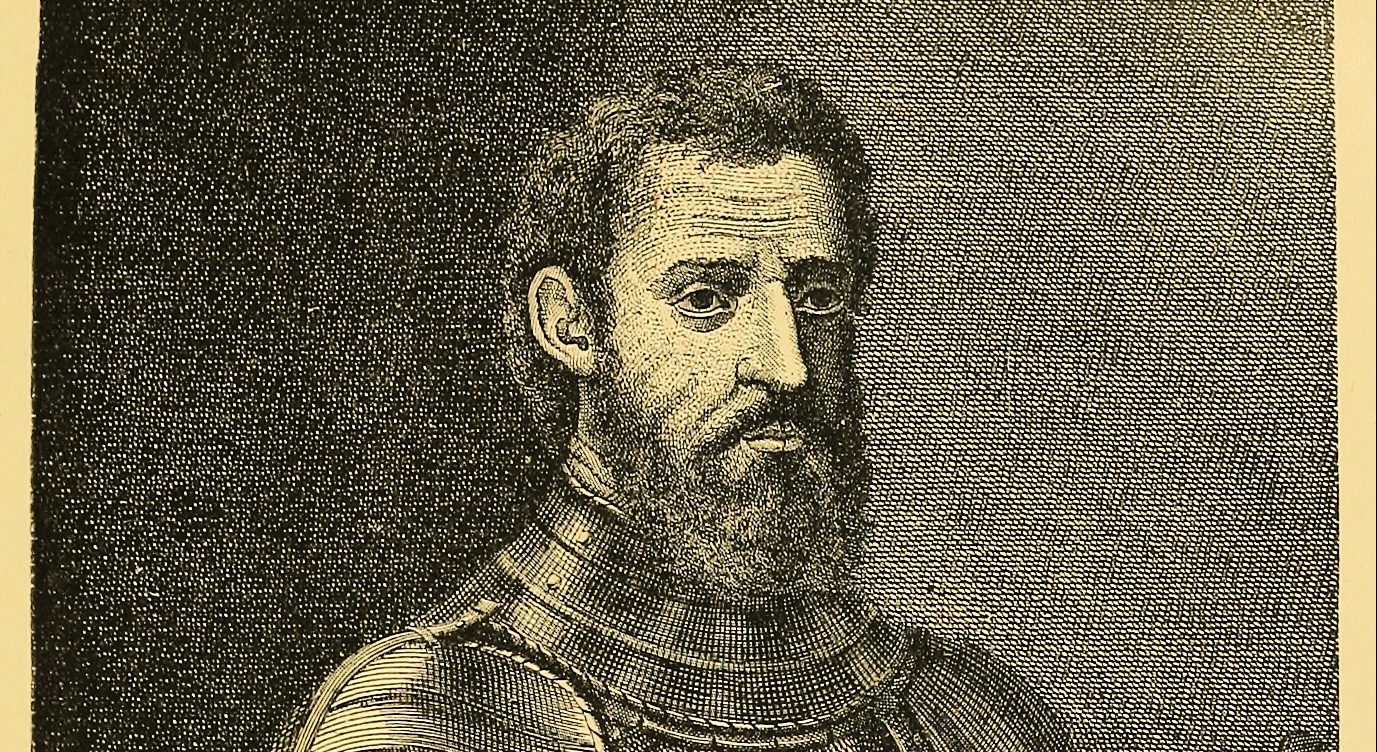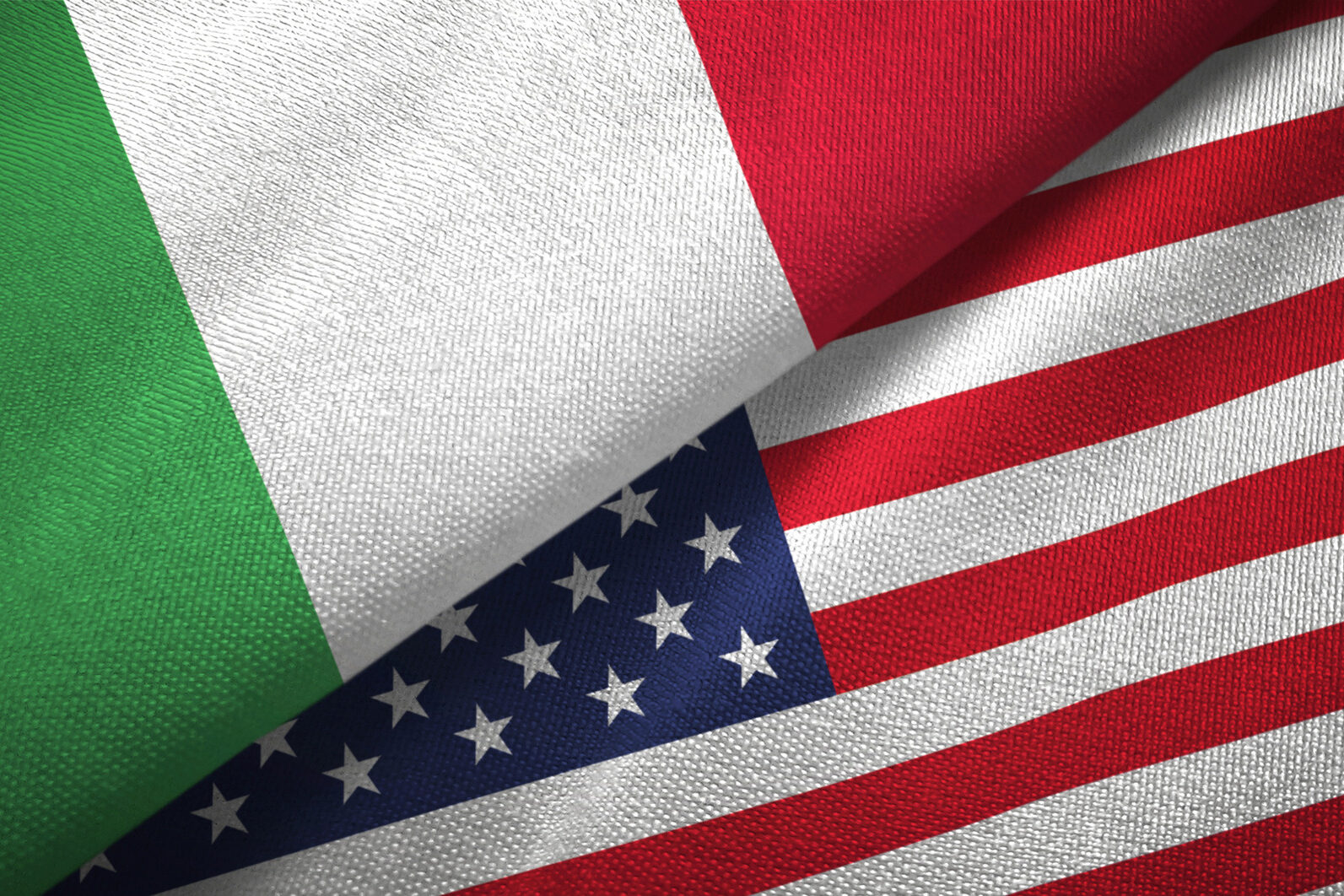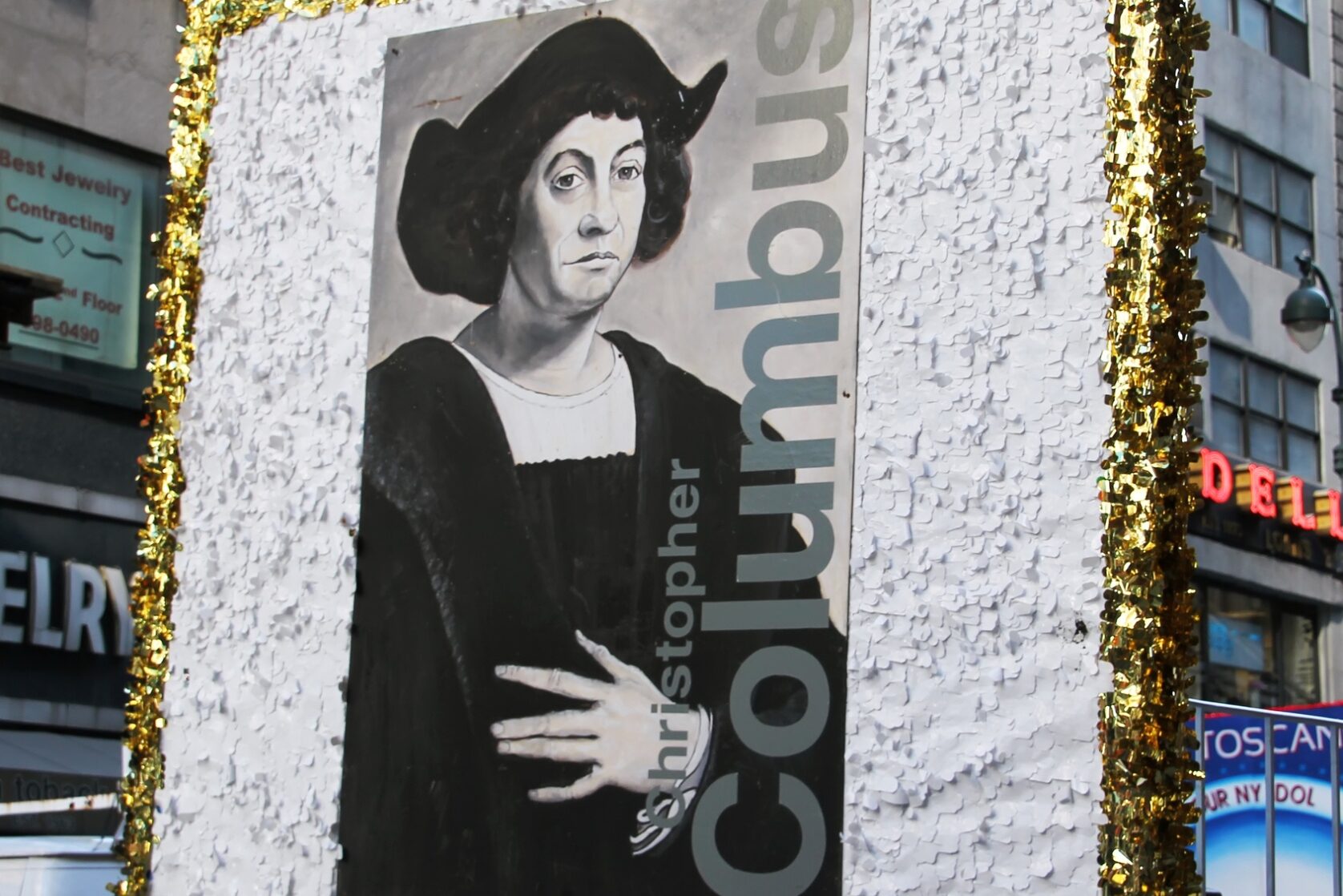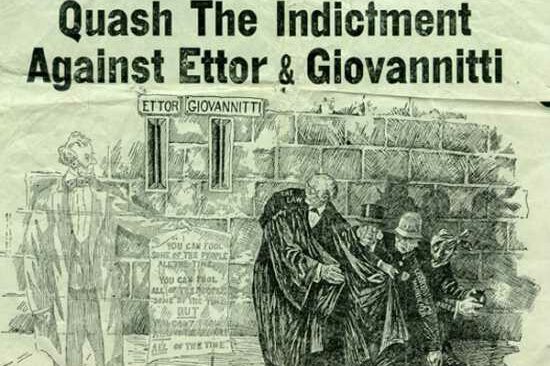Dear Readers,
Giovanni da Verrazzano’s namesake New York, double-decked suspension bridge which lost a z in the translation, turns 50 this month.
Then New York Mayor, Robert F. Wagner cut the ribbon at the opening ceremony. The upper level of the Verrazano-Narrows Bridge which opened to the public on November 21, 1964, was named after Giovanni da Verrazzano (1485-1528) the Florentine explorer of North America, in the service of King Francis I of France.
Giovanni da Verrazzano was born in Val di Greve (south of Firenze), in the Republic of Florence and was the son of Piero Andrea di Bernardo da Verrazzano and Fiammetta Cappelli. Verrazzano always considered himself a Florentine no matter where he travelled.
Verrazzano is renowned as the first European since the Norse expeditions to North America around AD 1000 to explore the Atlantic coast of North America between Florida and New Brunswick, including New York Bay and Narragansett Bay in 1524.
***
Verrazzano left Florence and settled in the port city of Dieppe, France in 1506, where he began his career as navigator and left detailed accounts of his voyages to North America.
On behalf of merchants and financiers seeking new trade routes, King Francis I of France, in 1523, asked Verrazzano to make plans to explore an area between Florida and Terranova, the “New Found Land”, with the goal of finding a sea route to the Pacific Ocean. Within months, four ships set sail due west for the Grand Banks of Newfoundland, but a violent storm and rough seas caused the loss of two ships. The remaining two damaged ships, La Dauphine and La Normande, were forced to return to Brittany.
Repairs completed, in the final weeks of 1523, they set sail again. This time the ships headed south toward calmer waters, which were under dangerous Spanish and Portuguese control. After a stop in Madeira, complications forced La Normande back to port, but Verrazzano’s ship, La Dauphine, piloted by Antoine de Conflans, departed and headed once more for the North American continent. It neared the area of Cape Fear on March 1 and, after a short stay, reached the Pamlico Sound lagoon of modern North Carolina.
Exploring the coast further northwards Verrazzano and his crew came into contact with Native Americans living on the coast. In New York Bay, he observed what he deemed to be a large lake, which was in fact the entrance to the Hudson River. He then sailed along Long Island and entered Narragansett Bay, where he received a delegation of Wampanoag. He stayed there for two weeks, and then moved northwards, following the coast up to modern Maine, southeastern Nova Scotia and Newfoundland, after which he returned to France in July 1524. Verrazzano named the region he explored Francesca in honor of the French king, but his brother’s map labels it Nova Gallia, “New France”.
With financial support from Jean Ango and Philippe de Chabot, Verrazzano arranged a second voyage which departed from Dieppe with four ships early in 1527. One ship was separated from the others in a gale near the Cape Verde Islands, but Verrazzano reached the coast of Brazil with three ships and harvested a cargo of brazilwood before returning to the French port city.
In 1528, during his third voyage to North America, after exploring Florida, the Bahamas and the Lesser Antilles, Verrazzano anchored out to sea and rowed ashore to the island of Guadeloupe. He was killed by the native inhabitants. The fleet of two or three ships were anchored out of gunshot range and no one could respond in time.
***
Verrazzano’s reputation, despite his discoveries, did not proliferate as much as the other explorers of that era. Verrazzano gave a European name to the new land he had seen, Francesca, after the French king in whose name he sailed, but names he bestowed on features he discovered have not survived. He had the bad luck of making major discoveries within the same five-year period, 1519-1524, of both the dramatic Conquest of Mexico and Ferdinand Magellan’s circumnavigation of the world (which though Magellan himself did not complete) brought him undying fame…
***
The Verrazzano-Narrows Bridge is named for both the Florentine explorer Giovanni da Verrazzano who, while in the service of Francis I of France, became in 1524 the first European to enter New York Harbor and the Hudson River, and for the body of water it spans: the Narrows. It has a central span of 4,260 feet (1,298 meters) and was the longest suspension bridge in the world at the time of its completion in 1964, surpassing the Golden Gate Bridge by 60 feet, until it was in turn surpassed by 366 feet by the Humber Bridge in the United Kingdom in 1981. Currently, it has the eleventh longest main span in the world, while retaining its place as the longest bridge span in the Americas. Its massive towers can be seen throughout a good part of the New York metropolitan area, including from spots in all five boroughs of New York City and in New Jersey.
The bridge establishes a critical link in the local and regional highway system. It marks the gateway to New York Harbor; all cruise ships and most container ships arriving at the Port of New York and New Jersey must pass underneath the bridge and therefore must be built to accommodate the clearance under the bridge. This is most notable in the case of the ocean liner RMS Queen Mary 2. Since 1976, the bridge has been the starting point of the New York City Marathon.
***
The Verrazzano-Narrows Bridge was the crowning achievement of the structural engineer Othmar Ammann and of New York’s master planner Robert Moses. It was built for $320 million, more or less on budget, a standard of frugality that present-day New York can only dream of. Ten thousand men worked to build the bridge. The bridge’s construction was vividly chronicled by Gay Talese, then a cub reporter for the New York Times, whose book, The Bridge, is now being reissued in an expanded edition. I am reading it now, since 50 years ago I was busy building social bridges.
***
In Talese’s book The Bridge, the author tells of Mohawk Indian ironworkers who made a specialty of walking the high steel and of James J. Braddock, once a world heavyweight boxing champion (Joe Louis took his title), by then a welding machine operator. And, anonymous hard-hatted men who put the bridge together, who took risks and sometimes fell to their deaths in the sky, over the sea.
When it was finished, a ride across cost drivers 50 cents, or the equivalent of less than $4. Today the cash toll is $15. Old-timers still mourn the sundered neighborhoods of Brooklyn, where hundreds of homes were destroyed to make way for the approach, and the sleepy, almost rural character of Staten Island when it was linked to the rest of New York City only by ferryboat.
To Talese, “A bridge, in its ultimate form, is a work of art”, and one can see his point. Sunlight glints off the pair of monumental steel towers, 70 stories tall, carrying the curvature of the earth into the sky. At night, lights pick out the graceful curve of the four great cables, each three feet in diameter, spun from enough steel wire to reach more than halfway to the moon.
***































